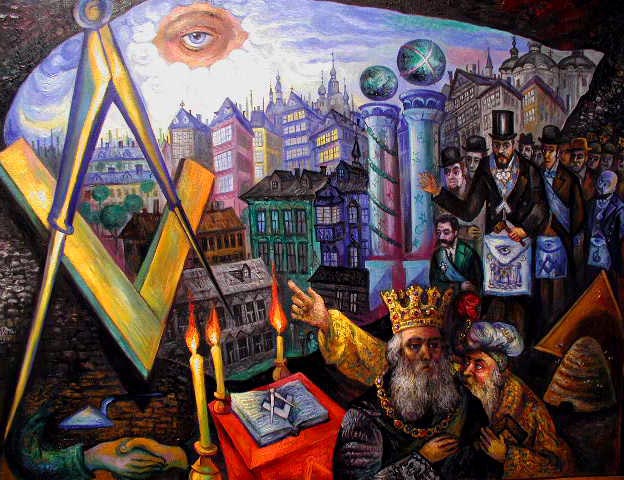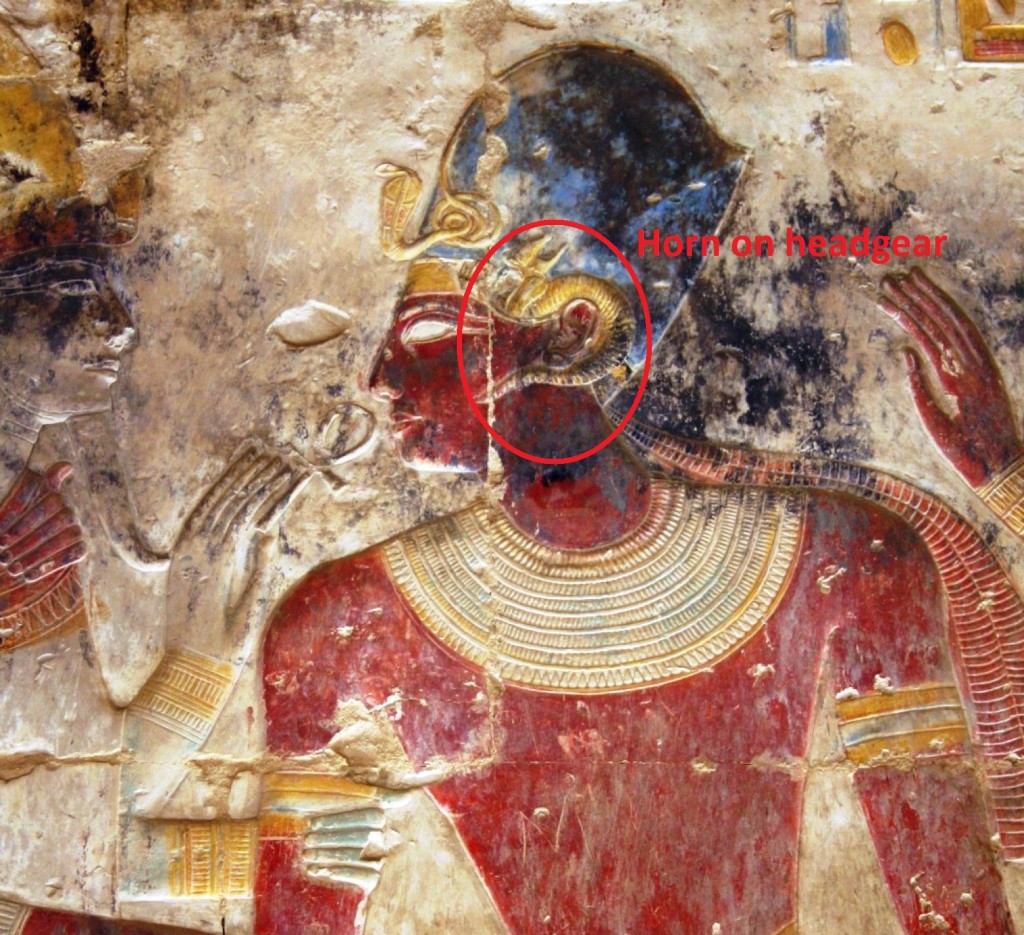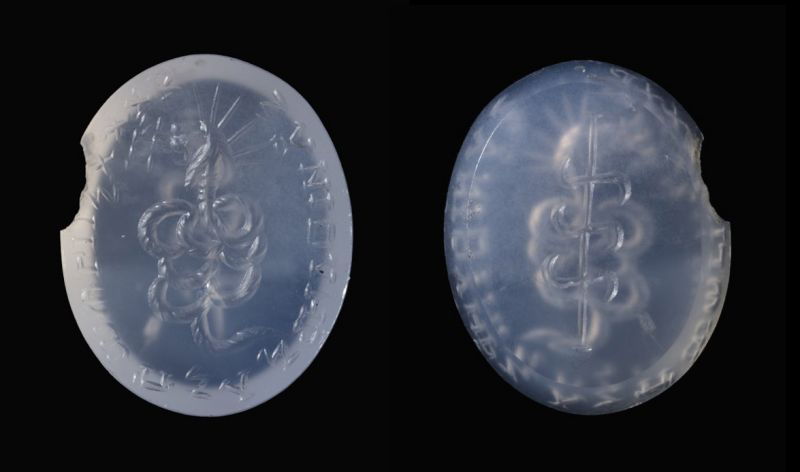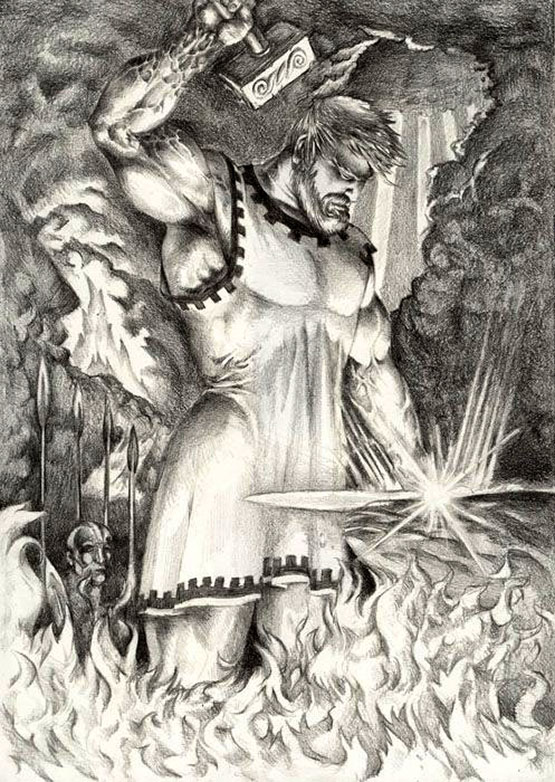The Phoenician Hebrews (Jews) Banished from the Holy Island of Crete
Some of the most famous authors and historians such as Josephus and Tacitus had written that the first converts to the Christian faith under Rome were said to come from Crete. It was these Cretan Jews to whom Saint Peter preached on the memorable day of Pentecost, where he had converted three thousand of them to Christianity and who would then preach the gospel on their return from Jerusalem.
The Romans-Jewish historian Josephus confirms this in his book, “The Works of Flavius Josephus;”
“The tradition is, that the Jews ran away from the island of Crete, and settled themselves on the coast of Libya, and this at the time when Saturn was driven out of his kingdom by the power of Jupiter: an argument for it is fetched from their name. The mountain Ida is famous in Crete; and the neighbouring inhabitants are named, which, with a barbarous augment, becomes the name of Jud [Jews.] Some say they were a people who were very numerous in Egypt, under the reign of Isis, and that the Egyptians got free from that burden by sending them into the adjoining countries, under their captains Hierosolymus and Judas.”
Roman Senator and historian, Cornelius Tacitus (110 A.D.) had written that the Jews often traveled to Crete to celebrate the festival of Pentecost in Jerusalem and that they eventually were exiled from the island when Saturn was driven from his throne by the violence of Jupiter. The Cretans are called Idaeans, and then Judieans who eventually became fugitives from the island and who then settled on the nearest coast of Africa in the remotest corner of Libya. They are said to be descendants of the Ethiopians which would connect them to the children of Moses who is said to be the Father of Ethiopia. (The Works of Tacitus: By Cornelius Tacitus – Page 265)
CRETE or CANDIA: Island in the Mediterranean, about 55 miles south of the Morea. Jews had settled there long before the Christian era (1 Mace. xv. 23 mentions Jews in Gortynia, Crete). Philo speaks of the Jews of Crete (“ Legatio ad uaium,” ed. Mangey, ii. 587). About 43.0. the false
[graphic]
Alexander, on his way to Rome, visited the Jewish communities of Crete, which, believing him to be a scion of the Hasmoncans, provided him with large sums of money (Josephus, “Ant.” xvii. 12, §1). Cretan Jews residing in Jerusalem are mentioned in Acts ii. 11. Crete fell into the hands of the R0mans in 67 0.15. ; and the Jewish communities there shared the fate of others under the dominion of Rome: they were treated as Roman citizens under the pagan emperors, but became the objects of persecution as soon as Christianity had become established. Thus, under Theodosius II. (408), the Cretan Jews were expelled. The period of their banishment, however, must have been of very short duration; for it is recorded that in 440 a pseudoMessiah arose among them, and that the faith of the Cretan Jews in him _was so great that they neglected their business, abandoned their property, and Waited for the day on which the new Moses would lead them dry-shod through the sea into the Promised Land (Socrates, “Historia Ecclesiastica,” vii. 36).
Later, the Apostle Paul would go to Crete in order to live for two years as part of a missionary effort of Rome, where he too was successful like his predecessor Peter in converting many of the island’s inhabitants, who were now called Jews, and bind them to Christianity. Before Paul had left Crete, he had appointed the newly converted Roman Gentile, Titus as Bishop to the island, in order that he ordain elders in every city. The facts that two of the most important Roman Catholic Saints and one of the most powerful bishops had spent a lot of time and resources in Crete, proves that this island was most likely the main capital to the Jewish people in this region of the world.
It is here where we can also find actual physical evidence supporting the story of Hiram and Solomon’s Temple. More so than in modern day Israel which many researchers, and even a recent New York Times story shows that some researchers and author have serious doubts that Israel is the true location of the first and second Temple due to the fact there has never been found actual real evidence of Solomon’s Temple. However, if we are to study the ancient history, biblical texts and the many ruins of Crete such at Knossos, we will find a mountain of evidence and stories that would substantiate what I have been saying for over three years which is that Crete is the true first home of the Phoenician Hebrews and Solomon’s Temple.
The reason modern day Israel become the final destination for many of these people is because the Romans conquered the island of Crete, and after the destruction of the second temple, they were deported and forbidden by Roman law to return punishable by death. I have explained this story in many of my previous articles such as, The Siege of Jerusalem and the Destruction of the Second Temple in Crete, Crete: The Lost Island of Atlantis, and The Origins of the Kohen Priesthood to name a few.
In fact, it wasn’t until in 2011 when 300 Jews were allowed to come back to Crete in what was called “the Season of Our Freedom” to reestablish a Jewish community in Crete. Professor Mel Alexenberg, Head of the School of the Arts in Jerusalem and former professor of art and education at Columbia University had written this on his blog;
“We celebrated the Season of Our Freedom participating in reestablishing a Jewish community in Crete where Jews lived for 2 millennia.
In 1944, the Nazis herded the Jews of this Greek island into a ship that was torpedoed. All 300 Cretan Jews drowned en route to Auschwitz.
For Pesach 2011/5771, 300 Jews flew into Crete from 3 continents to create a Jewish community in a holiday village overlooking Daios Cove.
The entire village was rendered kosher for Passover. Circular hand-made matzot and rectangular machine-made matzot were served at meals.”




